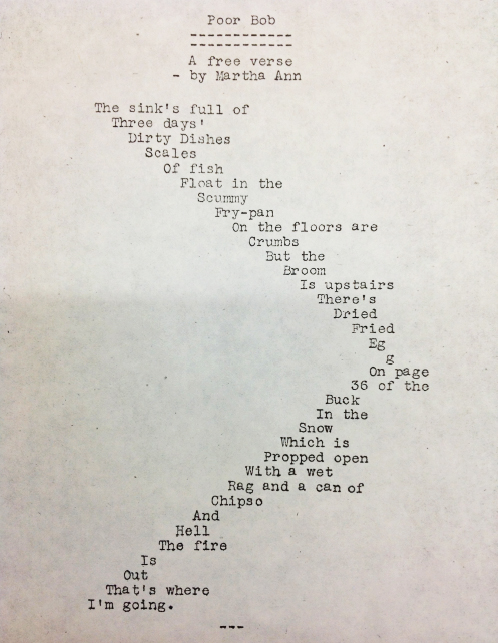Substantive editing
“Structural [or substantive] editing is assessing and shaping material to improve its organization and content.”—Professional Editorial Standards (2016), Editors’ Association of Canada
The editor must ensure the following:
- the document suits the audience and purpose
- the material has a coherent, logical structure (progression of ideas, narrative flow)
- headings and sections are arranged logically
- visual presentation suits the content and is effective
- all content is required and all required content is included
- research and facts are valid and supported
- necessary or helpful visual elements are included
- citations have been included as necessary and correctly
- permissions have been obtained for copyrighted material
Stylistic editing
“Stylistic editing is editing to clarify meaning, ensure coherence and flow, and refine the language. Stylistic editing is often done as part of a structural edit or copy edit rather than as a separate step.”—Professional Editorial Standards (2016), Editors’ Association of Canada
The first step in stylistic editing is determining the author’s style and assessing whether it is most appropriate for the intended audience and forum (as indicated by the author). Once the goal is established, the editor the suggests changes to improve the quality of the document. These changes are intended to achieve the following:
- improve paragraph or sentence construction and organization to best convey meaning
- improve word choice
- resolve ambiguities in meaning
- ensure that transitions between paragraphs and ideas are smooth and effective
- reorganize words and sentences to add elegance, while maintaining the author’s voice
Copyediting
“Copy editing is editing to ensure correctness, accuracy, consistency, and completeness.”—Professional Editorial Standards (2016), Editors’ Association of Canada
Copyediting is what people usually think of when they hear the term “editing.” It includes making sure that fundamental rules of language and writing are adhered to. Copyediting should improve the quality of the document, not merely render it correct. The following rules need to be considered:
- grammar rules
- punctuation rules
- spelling
- word choice
- any supplied style guide
The copyeditor is also a final check for items on the substantive editor’s check-list, such as verifying that graphic elements are appropriate to the context, that the math is correct in statistical assertions, that information in the content is correct, and that all necessary citations are present and correct.
Project management
I find that with longer projects, my role has sometimes expanded beyond editing, even as deeply as substantive editing, and become more that of a project manager. This involves such tasks as coaching my client through the writing process, assisting in finding a publisher, preparing the manuscript for publication, sometimes dealing with copyright issues, and ensuring that the transition to a published work—online or in print form—is achieved smoothly. The role of project manager for an author requires very carefully defined roles, but can result in a mutually satisfying, productive relationship. This level of involvement with a project is something I greatly enjoy; the feeling of shared accomplishment is well worth the hard work both the author and I contribute.
Fact checking
Fact checking is an integral part of substantive editing, but can sometime be performed as a separate job.
Proofreading
“Proofreading is examining material after layout or in its final format to correct errors in textual and visual elements.”—Professional Editorial Standards (2016), Editors’ Association of Canada
The assumption is that by the time the document reaches the proofreading stage, the content is relatively solid. The role of the proofreader is to find the little errors that have slipped in through the writing and editing process, or have been missed by those who have gone before. In general, proofreaders change only what is necessary; this requires strong communication and understanding between author and proofreader, to determine where the boundaries lie. If no style sheet or list of required changes is provided, the proofreader will create one to ensure consistency in language, punctuation, vocabulary, and stylistic elements. Errors or questionable elements will be flagged, but not changed unless previously agreed to by the author.
Indexing
Indexing takes a special skill-set: it “appeals to those who love to organize information and things—it is analytical, intellectual” (Janet Perlman, ASI), and requires meticulous organization both mentally and textually. The indexer’s goal is to anticipate how readers will engage with the text (published book or online work), how people from different disciplines will use the information contained in the text, and what paths they will take to find the information they need. My cross-discipline background enables me to anticipate the needs of diverse readers and create comprehesive indices that are not specific to one intellectual perspective.
Formatting, layout, and design
“Format” is “the way in which something is arranged or set out,” or, online, the structure of information for optimal “processing, storage, or display of data” (Oxford Dictionary). Formatting as an editing activity, then, involves consideration of all visual elements of a text: from how the words are arranged on the page to borders and graphics to the strucure of embedded pages in a website.
At the simplest level, I consider formatting to be a part of every editing job I do, but—like fact checking—it can sometimes be contracted as a separate and distinct job.

Canada’s first concrete poem, “Poor Bob,” by Martha Ann Leslie (1936)
Contact me at karynhuenemann@gmail.com
Date of last update: 27 April 2021
